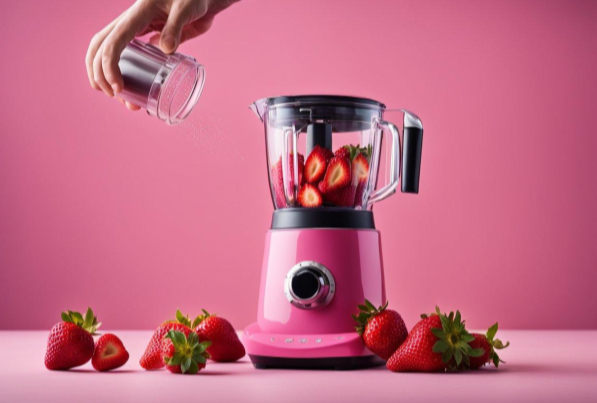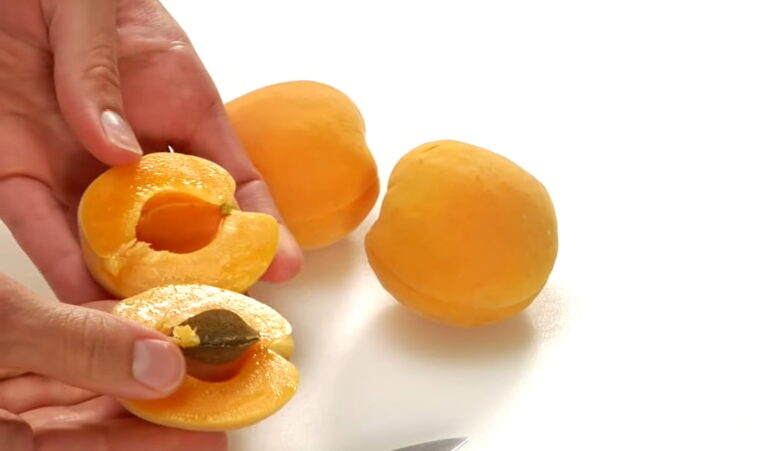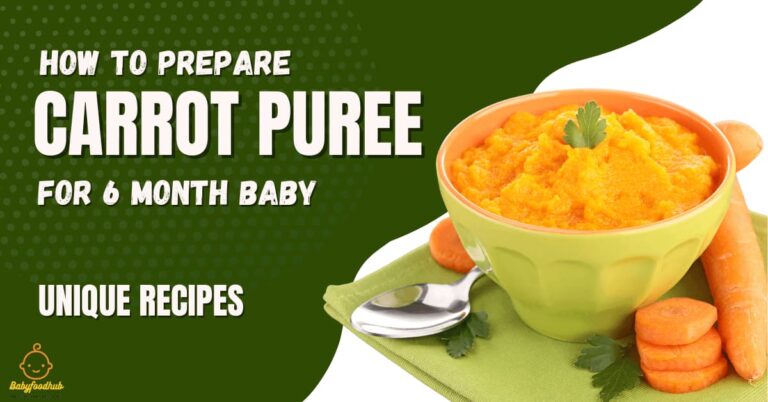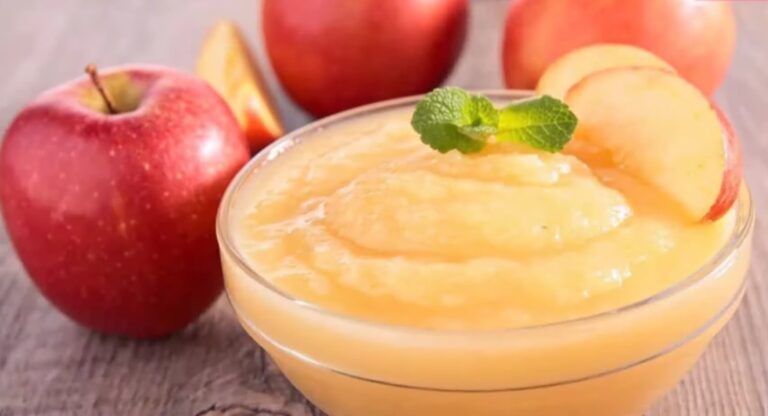How to Puree Sweet Potato for Baby?
Are you a new parent looking to provide your little one with the best nutrition possible? Are you searching for easy and healthy homemade baby food recipes? Look no further than sweet potato puree! Sweet potato is a nutrient-dense root vegetable that is easy to digest and perfect for introducing to your baby’s diet. In this article, we’ll guide you through making sweet potato puree for your little one.
Making your own sweet potato baby food is cost-effective and allows you to control the quality and freshness of the ingredients. Sweet potato puree is an excellent source of vitamins A and C, potassium, and fiber, making it a healthy and delicious choice for your baby’s first foods.
By the end of this article, you’ll learn how to prepare and puree sweet potatoes for your baby, how to store and serve sweet potato puree, and the benefits of including sweet potatoes in your baby’s diet. So, grab your apron, and let’s get started on making some delicious and nutritious sweet potato puree for your little one!
Selecting the Right Sweet Potatoes
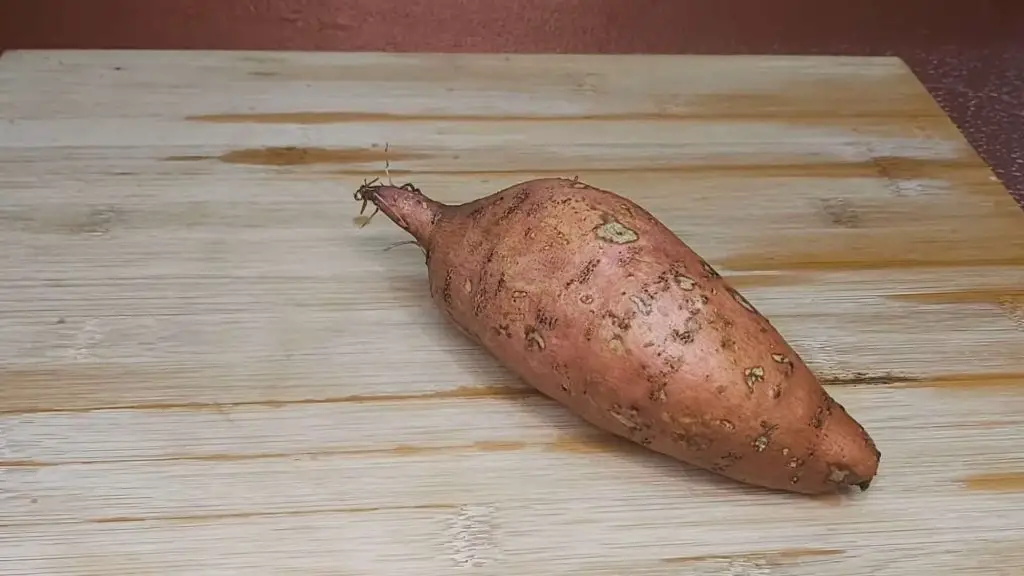
To make the perfect sweet potato puree for your baby, it is crucial to choose the right sweet potatoes. When selecting sweet potatoes, you should keep in mind the following points:
- Choose fresh sweet potatoes: Fresh sweet potatoes are the best for pureeing as they have a better texture and flavor. Look for sweet potatoes that are firm, smooth, and free from cracks, bruises, and soft spots.
- Select quality sweet potatoes: Quality sweet potatoes have a deep orange color and are uniform in shape and size. They should feel heavy for their size and have a sweet fragrance.
- Avoid old sweet potatoes: Older sweet potatoes tend to be dry and have a fibrous texture, which makes them unsuitable for pureeing. Make sure to check the expiration date and avoid sweet potatoes that have been in storage for too long.
To ensure that you are buying the right sweet potatoes, you can also check the label or ask the seller about the variety of sweet potatoes. Some of the best varieties for pureeing include Beauregard, Jewel, and Garnet.
Washing and Preparing Sweet Potatoes
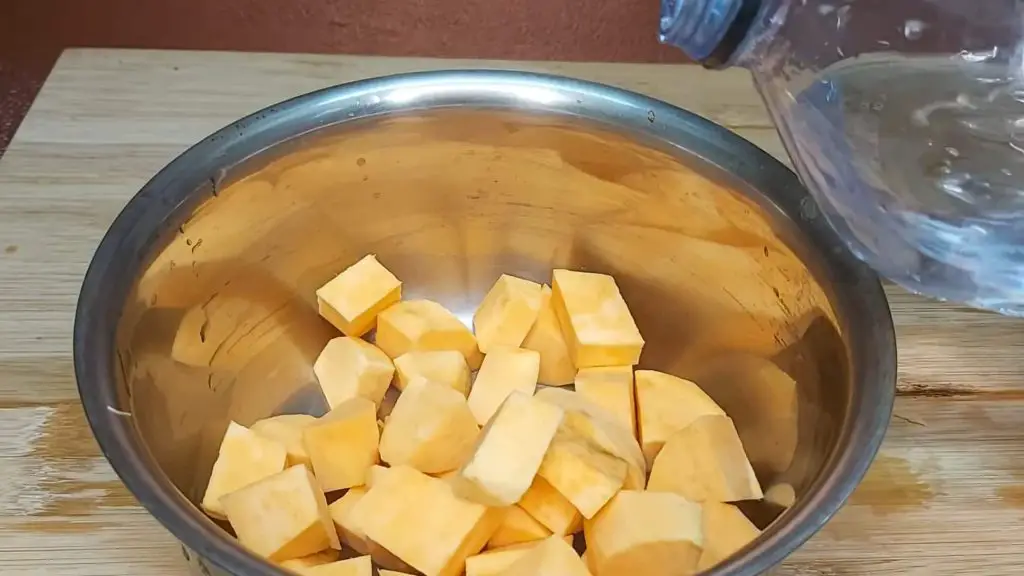
Use fresh sweet potatoes to create a delectable puree for your infant. These are the instructions for cleaning and preparing sweet potatoes for pureeing.
Cleaning
Before preparing sweet potatoes, cleaning them thoroughly to remove any dirt or debris is important. Rinse the sweet potatoes under cold running water and gently scrub them with a vegetable brush to remove dirt.
Peeling
Once the sweet potatoes are clean, peel them using a vegetable peeler or a sharp knife. If you choose to use a knife, be careful and remove only the skin, leaving as much of the flesh intact as possible.
Cutting
After peeling the sweet potatoes, you can cut them into small pieces that are easy to puree. Cut the sweet potatoes into 1-inch cubes or slices. This will help them cook faster and more evenly.
Now that you have properly washed and prepared your sweet potatoes, you can move on to cooking them. You can use several methods to cook sweet potatoes, including baking, boiling, and steaming.
Once they are cooked, you can puree them to create a smooth and creamy texture perfect for your baby’s first foods. In the below section, I will share the cooking system.
Cooking Sweet Potatoes for Baby Puree
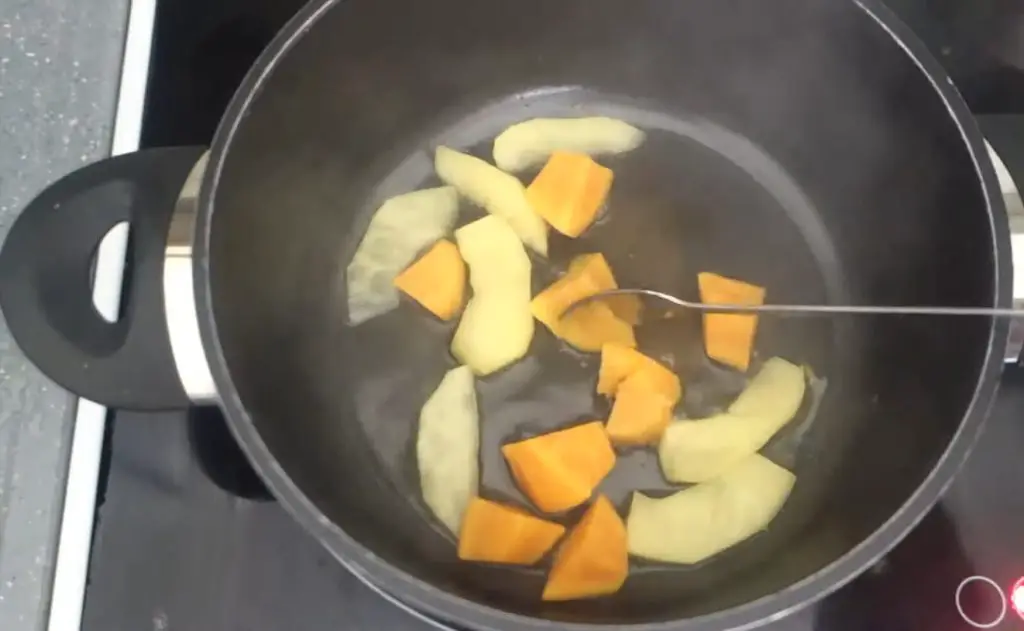
To make homemade sweet potato baby food, cook the sweet potatoes first. Cooking sweet potatoes for baby puree is easy and can be done in several ways. Here are some options:
- Boiling: Peel and chop the sweet potatoes into small pieces and boil them in water until they are soft. Drain the water and puree the sweet potatoes until they are smooth.
- Baking: Preheat the oven to 375°F (190°C). Wash and prick the sweet potatoes with a fork. Bake them for 45-60 minutes or until they are soft. Once they are done, scoop out the flesh and puree it until it is smooth.
- Steaming: Peel and chop the sweet potatoes into small pieces and steam them until they are soft. Puree the sweet potatoes until they are smooth.
Whatever method you choose, ensure the sweet potatoes are cooked until they are soft and easy to mash or puree. Once they are cooked, let them cool down before pureeing them.
Adjusting Consistency of sweet potato puree
Adjusting the consistency of sweet potato puree is important to ensure it is suitable for your baby’s age and developmental stage. Here are two ways to adjust the consistency of sweet potato puree:
Thinning with Liquids
To thin sweet potato puree, you can add liquids such as breast milk, formula, or water. Add a small amount of liquid and gradually increase until you achieve the desired consistency. Be careful not to add too much liquid, as it can make the puree too runny and difficult for your baby to eat.
| Liquids | Amount |
| Breast milk | 1-2 tablespoons |
| Formula | 1-2 tablespoons |
| Water | 1-2 tablespoons |
Thickening with Infant Cereals
To thicken sweet potato puree, add infant rice cereal or oatmeal. This is a great way to add texture and nutrition to your baby’s puree. Add some cereal and gradually increase until you achieve the desired consistency. Be careful not to add too much cereal, as it can make the puree too thick and difficult for your baby to swallow.
| Infant Cereals | Amount |
| Rice cereal | 1-2 tablespoons |
| Oatmeal | 1-2 tablespoons |
Keep your mind to always check the consistency of the sweet potato puree before feeding it to your baby. Adjust the consistency as needed to ensure that it suits your baby’s age and developmental stage.
Pureeing the Sweet Potato
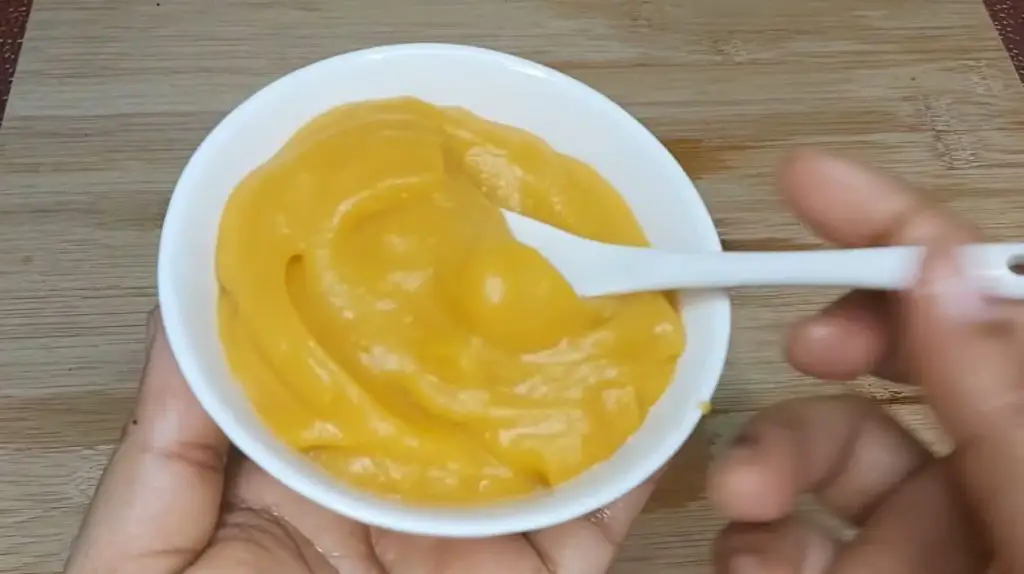
If you want to make sweet potato baby food puree, you must know how to puree sweet potato properly. Here are some ways to make a smooth and creamy sweet potato puree for your little one.
Using a Blender
One of the easiest ways to make sweet potato puree is to use a blender. First, cook the sweet potato until it is soft and tender. Then, let it cool down and peel off the skin. Cut the sweet potato into small pieces and add them to the blender.
Add a small amount of liquid, such as water or breast milk, and blend until smooth. You can add more liquid if needed to achieve the desired consistency.
Using a Food Processor
Another option for making sweet potato puree is to use a food processor. After cooking and peeling the sweet potato, cut it into small pieces and add it to the food processor. Add a small amount of liquid and pulse until smooth. You may need to scrape down the sides of the food processor and continue pulsing until you get the desired consistency.
Manual Pureeing Options
If you don’t have a blender or food processor, you can still make sweet potato puree by mashing it manually. Use a fork or potato masher to mash the cooked sweet potato until it is smooth and creamy. You can add a small amount of liquid to help mash. Alternatively, a sieve can strain the sweet potato and create a smooth puree.
Remember to always wash your hands and equipment thoroughly before preparing baby food. With these methods, you can make sweet potato puree easily and quickly. Enjoy experimenting with different puree recipes and make your baby’s mealtime a delicious and nutritious experience.
Cooling and Serving Tips
To cool sweet potato puree, transfer it to a shallow container and place it in the refrigerator. Once cooled, it can be stored in an airtight container for up to three days. When reheating, ensure the puree is heated through and at a safe temperature before serving to your baby.
When serving sweet potato puree to your baby, make sure it is at a safe temperature. It should not be too hot or too cold. A lukewarm temperature is ideal for feeding your baby. You can test the temperature of the puree by dabbing a small amount on the inside of your wrist.
To ensure food temperature safety, never leave sweet potato puree out at room temperature for more than two hours. Discard any leftover puree that has been left out for more than two hours.
When feeding your baby, make sure to use a clean spoon and bowl. Avoid feeding your baby directly from the jar or container to prevent contamination. It is also important to supervise your baby while they are eating to prevent choking hazards.
To make feeding your baby easier, you can portion the sweet potato puree into ice cube trays and freeze them. Once frozen, transfer the cubes to a freezer-safe container. When ready to serve, simply thaw the desired amount of cubes and heat them. This convenient method ensures that you always have a supply of sweet potato puree on hand.
- Transfer sweet potato puree to a shallow container to cool
- Test the temperature of the puree before serving
- Never leave puree out at room temperature for more than two hours
- Use a clean spoon and bowl when feeding your baby
- Portion out puree into ice cube trays for easy storage and serving
How to Store Sweet Potato Baby Food?
To ensure that your baby’s sweet potato puree stays fresh and safe to eat, it is important to store it properly. Here are some tips on how to store sweet potato baby food:
- Refrigerate sweet potato puree: Once you have made the sweet potato puree, transfer it to an airtight container and store it in the refrigerator. Sweet potato puree can be stored in the refrigerator for up to 3 days. Make sure to label the container with the date you made the puree so that you can keep track of its freshness.
- Use an airtight container: It is important to use an airtight container to store sweet potato puree. This will prevent any bacteria from getting in and keep the puree fresh for longer.
- Freeze for longer storage: If you have made a large batch of sweet potato puree, you can freeze it for longer storage. Transfer the puree to an airtight container or a freezer bag and store it in the freezer for up to 3 months.
- Thawing the frozen puree: When you are ready to use the frozen sweet potato puree, thaw it in the refrigerator overnight. Once it is thawed, you can reheat it on the stove or in the microwave.
Frequently Asked Questions
What is the best method to steam sweet potatoes for baby puree?
Steaming is a great method to cook sweet potatoes for baby puree. Peel and chop the sweet potatoes into small pieces and steam them until they are soft. This will help retain the nutrients in the sweet potatoes. You can also bake or boil sweet potatoes, but steaming is the best method.
Can I introduce sweet potatoes as a first food to my 6-month-old?
Yes, sweet potatoes are a great first food for babies. They are easy to digest and are packed with nutrients like vitamin A, potassium, and fiber. Start by introducing a small amount of pureed sweet potatoes, and gradually increase the amount as your baby gets used to the taste and texture.
How can sweet potato puree be incorporated into stage 1 baby food?
Sweet potato puree can be incorporated into stage 1 baby food by itself or mixed with other pureed fruits or vegetables. You can also add breast milk or formula to the puree to make it smoother and creamier.
What are some creative sweet potato puree recipes for a 10-month-old?
For a 10-month-old, you can try mixing sweet potato puree with mashed avocado or banana for a creamy and nutritious snack. You can also mix it with cooked quinoa or rice for a more filling meal. Add a pinch of cinnamon or nutmeg for a touch of flavor.
Is it necessary to reheat sweet potato puree before serving to my baby?
It is recommended to reheat sweet potato puree before serving it to your baby. Make sure to heat it thoroughly to kill any bacteria that may have grown during storage. You can reheat it in the microwave or on the stove, and always check the temperature before serving.
Are there any side effects I should watch for when feeding my baby sweet potato?
Sweet potatoes are generally safe for babies, but some babies may be allergic to them. Watch for signs of an allergic reaction, such as hives, swelling, or difficulty breathing. If your baby experiences any of these symptoms, stop feeding them sweet potatoes and contact your pediatrician.
Conclusion
Making sweet potato puree for your baby is a simple and nutritious way to introduce solid foods. Remember to choose fresh, ripe sweet potatoes and wash them thoroughly before cooking. You can bake, steam, or roast sweet potatoes and then puree them in a food processor or blender. Adding breast milk, formula, or water can help achieve the desired consistency.
Sweet potatoes are a great source of vitamins and minerals, including vitamin A, potassium, and fiber, essential for your baby’s growth and development. By making your sweet potato puree, you can control the ingredients and avoid added sugars, salt, or preservatives.
As a parent, it’s important to offer a variety of foods and flavors to your baby and observe any signs of allergies or intolerance. Consult your pediatrician if you have any concerns or questions regarding your baby’s diet.
Thank you for reading this article and I hope you found it helpful. Don’t forget to share your experience and feedback in the comments below.


